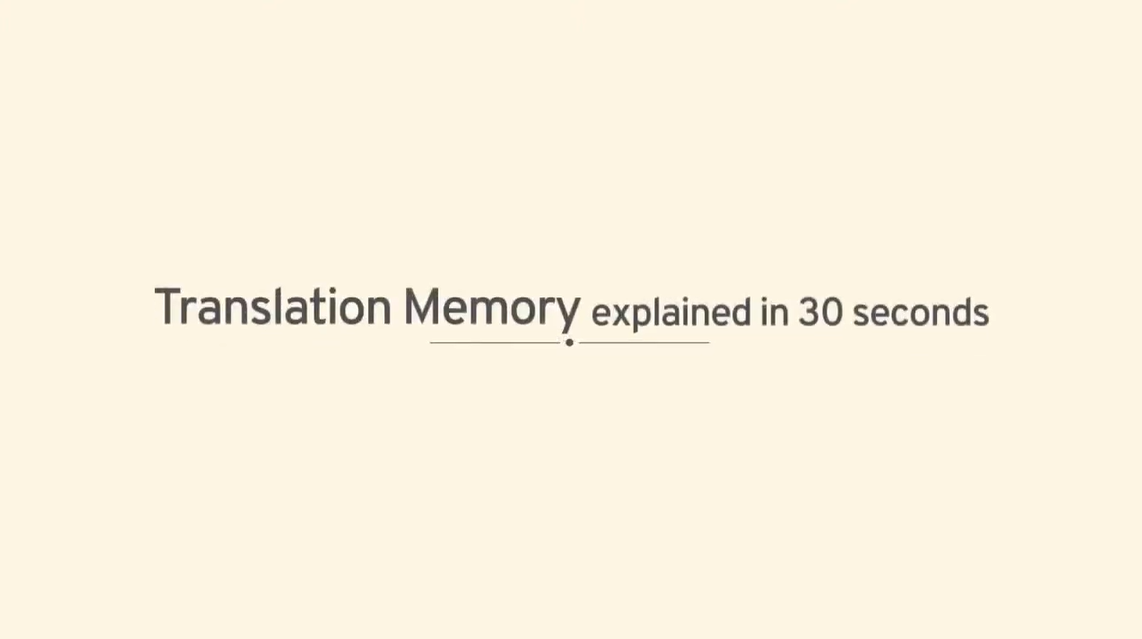Your Guide to Machine Translation vs. Translation Memory
When considering the best way to tackle a translation project, it’s easy to get confused about the differences between machine translation (MT) and translation memory (TM). Both are valuable tools to get the job done, but each one comes with its own pros and cons. Let’s take a look at both methods and how they may impact your company’s translation and localization projects.
Machine Translation
Online tools like Google Translate and Bing Translator are great for quickly translating small snippets of text or to gain a general understanding of content that’s presented in an unfamiliar language. Machine translation uses a complex structure of computer algorithms to substitute closely-related words for one another. However, like a child’s game of Telephone, the longer and complex phrases become, the less effective the machine translation becomes.
While rudimentary lingual conversion may have its place in a non-essential communications, it’s simply not the correct choice for translation jobs like healthcare documentation or election ballot information that requires precision, top-notch quality. Indeed, in some instances, reliance on machine translation software may jeopardize client confidentiality. Auto-translated content may even be bad for business.
Machine translation is adequate for:
- Interoffice communication
- Revealing the underlying language of a document
- Understanding small chunks of unfamiliar text
Translation Memory
One of the most helpful tools in a professional translator’s arsenal is translation memory. Human translators use the technology to store segments of previously translated content for future retrieval and reuse. It’s particularly useful when localizing content that includes a high level of repetition or requires several translators to work on large-scale projects together.
Translation memory helps teams maintain consistency throughout documents and projects, while saving time and money by not forcing them to translate the same segments over and over. Using translation memory tools, previously translated material can also be easily saved and applied to future translation jobs as needed.
Translation memory is great for:
- Multilingual Medicare marketing materials
- Healthcare paperwork
- Voter ballots and supplemental election information
- Legal documentation
- Ongoing translation projects

Which is right for you?
Machine translation is a good option for casual or social use, but it’s simply not up to the task of effectively managing the translation needs of today’s localization and translation projects. Its results are not sufficiently reliable for use in most business settings, from website globalization projects to the translation of important corporate or customer-facing documents.
Translation memory software has a proven history of helping companies save time and money, while helping organizations build repositories of data for subsequent projects. Many businesses also enjoy quicker turnaround times without sacrificing the personal touch necessary for capturing the nuances of human language.
How Avantpage Can Help
Using a combination of translation memory and other industry tools, Avantpage was able to efficiently translate over one million words in just nine days without compromising quality or consistency. Have a look at our extensive list of client case studies to learn more about how we can assist you with your next translation project, or contact us today for a free, no-obligation consultation and quote.